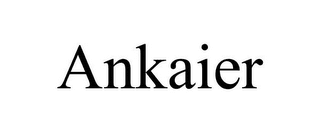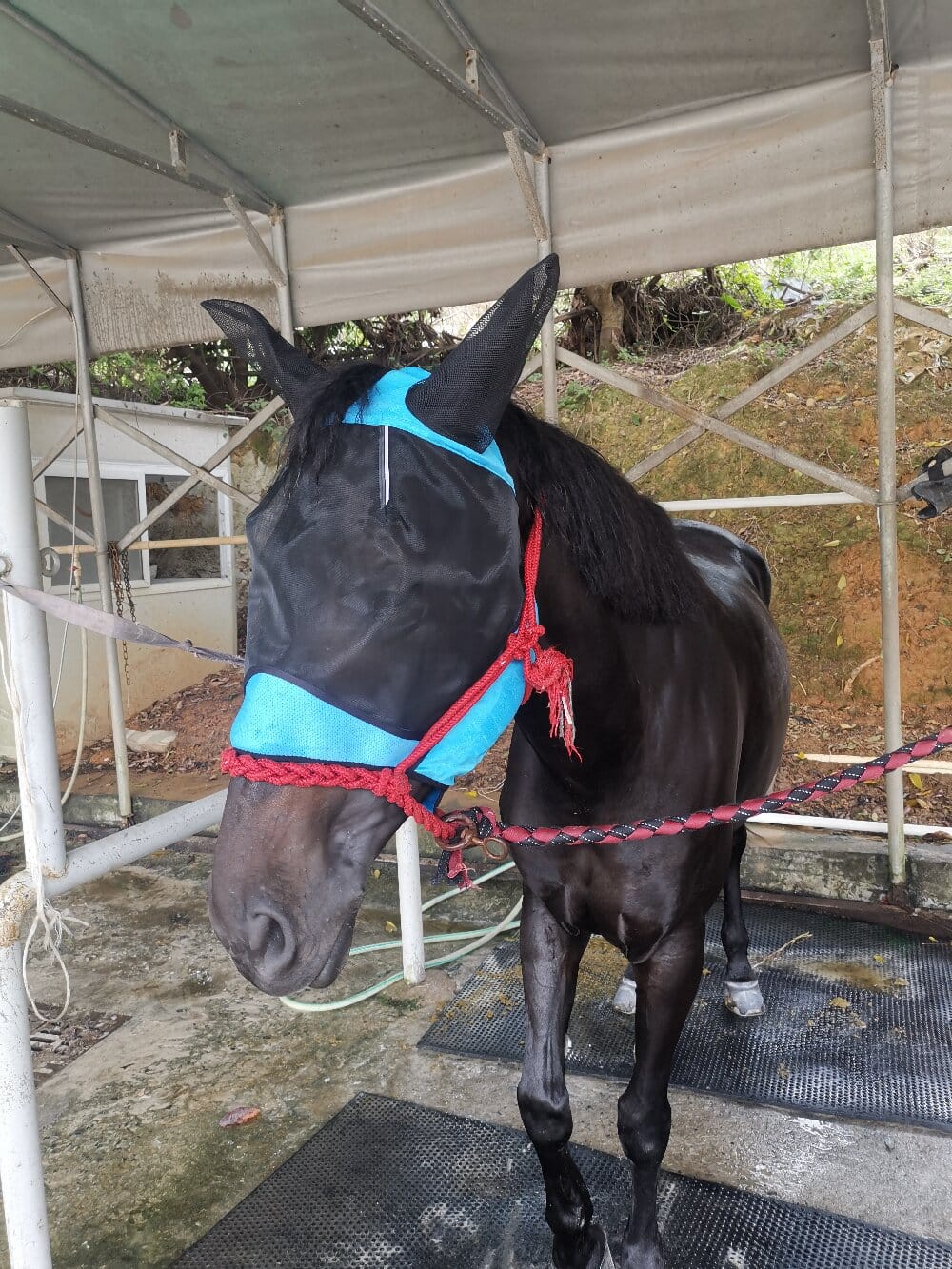For many equestrians, the well-being of their horse is a top priority, and a crucial part of that care involves protection from irritating insects. A horse fly mask is an essential piece of equine gear designed to shield a horse’s face, eyes, and ears from the relentless annoyance of flies, mosquitoes, and other pests. Beyond just preventing discomfort, this simple yet effective barrier plays a significant role in maintaining eye health and preventing injuries that can arise from frantic head-tossing and rubbing. From the seasoned competitor to the cherished pasture pet, horses of all kinds benefit from the comfort and protection a well-fitted fly mask provides, making it a staple in modern horse management.
The Multifaceted Benefits of Equine Face Protection
Investing in a quality fly mask offers more than just temporary relief. The primary advantage is the prevention of eye conditions like conjunctivitis and uveitis, which can be triggered by dust, debris, and pathogens carried by flies. Furthermore, many masks offer protection from harmful UV rays, which is especially important for horses with light-colored faces or those prone to sunburn. By reducing the constant irritation, horses can spend more time grazing and relaxing peacefully in their pasture, leading to less stress and a better overall temperament. This simple piece of equine apparel effectively minimizes the risk of scratches and abrasions around the delicate eye area, ensuring the horse remains comfortable and healthy throughout the fly season.
Selecting the Perfect Fly Mask for Your Equine Partner
Choosing the right fly mask involves considering several factors to ensure both comfort and functionality. A proper fit is paramount; a mask that is too tight can cause rubs and discomfort, while one that is too loose may slip off or fail to provide adequate coverage. Key features to look for include durable, lightweight mesh for optimal breathability, and soft, padded edges around the eyes and ears to prevent chafing. Many owners also opt for masks with extended nose covers or ear covers for added protection. The choice of material is also crucial, with options ranging from standard synthetic mesh to specialty fabrics that offer enhanced UV protection or are designed for horses with specific sensitivities.
A Step-by-Step Guide to Fitting a Horse Fly Mask
Correctly fitting a fly mask is a simple process that ensures the horse’s comfort and the mask’s effectiveness. Here is a common approach many owners use:
- First, gently approach the horse and allow them to sniff the mask to become familiar with it.
- Unfasten any straps and carefully place the mask over the horse’s face, ensuring the eye openings align perfectly with their eyes.
- Secure the poll strap behind the ears first, making sure it sits comfortably without being too tight.
- If the mask has a nose strap, fasten it snugly but with enough room to fit two fingers between the strap and the horse’s jaw.
- Finally, do a full check to ensure there are no twisted straps, the mesh is not pressing directly on the eyes or eyelashes, and the horse can blink and move its ears freely.
Maintenance and Care for Long-Lasting Use
To maximize the lifespan of a fly mask and maintain good hygiene, regular cleaning is essential. Over time, masks accumulate dirt, sweat, and debris, which can irritate the horse’s skin. It is recommended to remove and inspect the mask daily, wiping away any visible dirt. For a deeper clean, most masks can be hand-washed or placed in a gentle machine wash cycle using a mild detergent. They should be air-dried away from direct heat. Regular inspections for wear and tear, such as frayed stitching, torn mesh, or broken fasteners, are crucial. A damaged mask can be a safety hazard and should be repaired or replaced immediately to ensure continuous protection.
Addressing Common Concerns and Questions
Some horse owners may hesitate, wondering if a fly mask will impair their horse’s vision or cause overheating. However, the high-quality mesh used in reputable brands is designed to provide excellent visibility without distortion while allowing ample air circulation. Another common question involves whether horses can wear these masks 24/7. While many are designed for extended wear, it is considered best practice to remove the mask daily to check the horse’s face for any signs of rubbing or irritation and to give the skin a chance to breathe. This routine also reinforces positive interaction between the horse and owner.
An Indispensable Tool for Modern Horse Care
In conclusion, the decision to use a horse fly mask is a straightforward and highly beneficial one for any responsible owner. This piece of protective gear goes far beyond a simple convenience; it is a proactive measure for safeguarding a horse’s ocular health and overall comfort. By selecting a well-fitted, durable mask and maintaining it properly, owners can provide their equine companions with significant relief from pests and the sun. The resulting peace of mind, knowing that their horse is protected from irritation and potential injury, makes the fly mask an indispensable and wise investment in any comprehensive equine management program.

